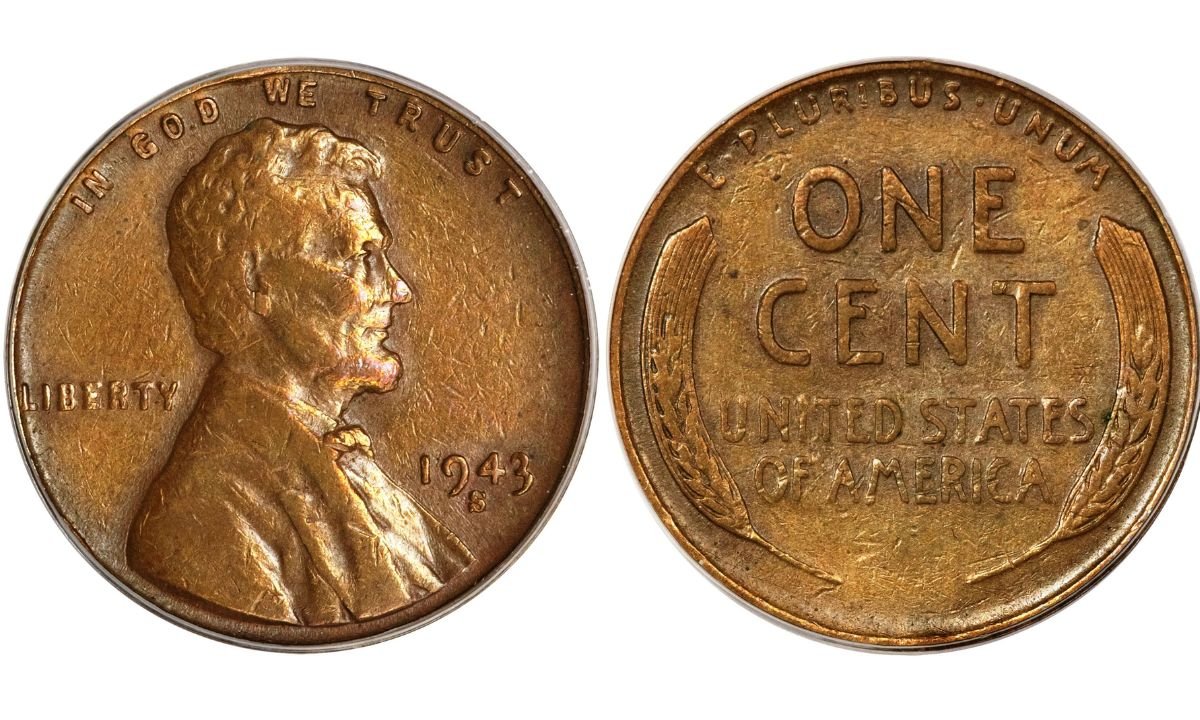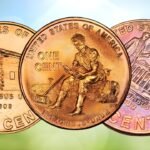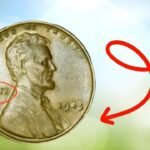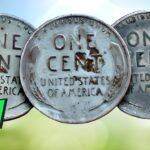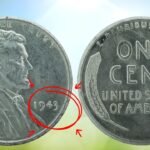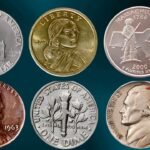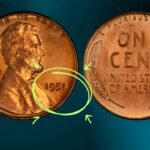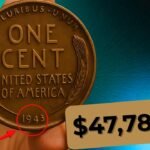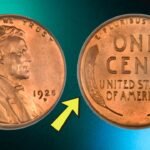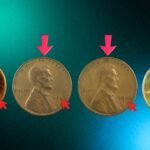When was the last time you really looked at a penny? Probably not recently, right? Most of us see those little copper coins as almost worthless, cluttering up drawers, car cup holders, or hiding at the bottom of purses. But here’s the shocker — some of those ordinary-looking pennies could actually be worth a small fortune. We’re talking thousands, even millions of dollars. Yes, really. So before you toss that change jar aside, you might want to take a closer look.
Why Pennies Can Be Worth So Much
It all comes down to rarity, minting mistakes, and historical significance. When something goes slightly off during the minting process — maybe the wrong metal was used or a coin was struck twice — collectors go crazy for it. Plus, older pennies, especially from the early 1900s, were made in smaller batches, making them naturally rarer. Combine those factors with condition and demand, and suddenly you’ve got a penny worth more than your car.
The 1943 Copper Penny – The $1.7 Million Mistake
Let’s start with the big one. The 1943 Copper Penny is like the holy grail of coin collecting. During World War II, copper was needed for ammunition, so pennies were supposed to be made from zinc-coated steel. But somehow, a few copper blanks slipped through the system and got stamped. The result? One of the most famous minting errors in U.S. history. If you find a genuine 1943 Copper Penny in your change, congratulations — you could be holding something worth up to $1.7 million.
1944 Steel Penny – The Opposite Rarity
On the flip side, there’s the 1944 Steel Penny. After 1943, the U.S. Mint switched back to copper. But a few leftover steel blanks from the previous year got used accidentally. Fewer than 30 of these coins are known to exist. And because they’re essentially the “reverse twin” of the 1943 Copper Penny, collectors love them. In mint condition, a 1944 Steel Penny can fetch around $100,000 to $175,000.
1909-S VDB Lincoln Penny – The Birth of a Legend
Now, let’s talk about the 1909-S VDB Lincoln Penny. This one marks the first year of the Lincoln cent’s production. The designer, Victor David Brenner, added his initials “VDB” to the bottom of the reverse side, which didn’t sit well with some people at the time — they thought it was too self-promotional. So the initials were quickly removed, making the few that were minted with “VDB” extremely valuable. Depending on condition, these pennies can sell for $700 to $3,000, and pristine ones have gone for over $50,000.
1955 Double Die Penny – The Famous Error Coin
This one is a favorite among casual collectors because it’s fairly easy to spot. The 1955 Double Die Penny has a noticeable doubling of the date and the lettering on “LIBERTY” and “IN GOD WE TRUST.” Even if you’re not a coin expert, you’d recognize it right away. Some of these have sold for $1,500 to $25,000, depending on how crisp that doubling looks. Honestly, finding one would be like winning a small lottery.
1877 Indian Head Penny – Old and Gold (Well, Copper)
The 1877 Indian Head Penny might not have a wild minting error, but it’s one of the scarcest because very few were made. That year, the U.S. Mint reduced production dramatically, and only about 850,000 were released. Most got worn out in circulation, so finding one in excellent shape is rare. These can range from $900 for a well-used one to $12,000 or more for one in near-perfect condition.
Quick Value Table
| Penny Type | Year | Key Feature | Estimated Value |
|---|---|---|---|
| 1943 Copper Penny | 1943 | Minted in copper instead of steel | Up to $1.7 million |
| 1944 Steel Penny | 1944 | Minted in steel instead of copper | $100,000–$175,000 |
| 1909-S VDB Lincoln Penny | 1909 | Initials “VDB” on reverse | $700–$50,000 |
| 1955 Double Die Penny | 1955 | Double image on lettering | $1,500–$25,000 |
| 1877 Indian Head Penny | 1877 | Low mintage year | $900–$12,000 |
How to Tell If You Have a Rare Penny
Before you start dreaming about millions, grab a magnifying glass and a good light. Look closely at the year and any unusual features — doubled numbers, different metal tones, or small initials. If you think you’ve found something, don’t try to clean it (that actually lowers its value). Instead, get it appraised by a professional coin dealer or a grading service.
FAQs
Q: Can I find these rare pennies in regular circulation today?
A: It’s unlikely, but not impossible. People still find them occasionally in old coin jars or inherited collections.
Q: What’s the best way to store valuable pennies?
A: Keep them in coin holders or cases away from moisture and direct sunlight. The better the condition, the higher the price.
Q: Are all 1943 pennies valuable?
A: Nope. Most 1943 pennies are steel and worth only a few cents. Only the copper ones are valuable.
Q: How can I sell a rare penny?
A: The best route is through a certified coin dealer or auction house. They can authenticate and market it properly to serious buyers.
Final Thoughts
At the end of the day, that little copper coin in your pocket might be more valuable than you think. Most of us overlook pennies, but as history shows, a few of them can change your fortune. So next time you find one, take a closer look. You never know — your next handful of change could hide a piece of American history worth millions.
